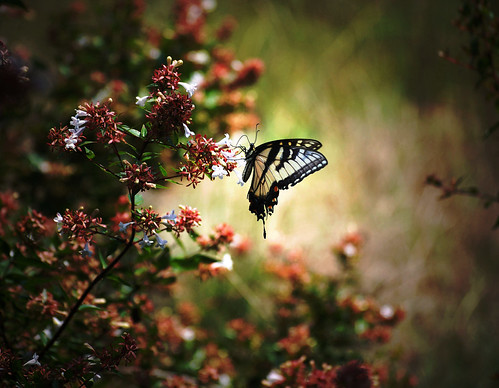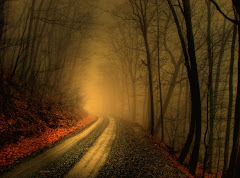
Photo Mystery of Grace.
Caption: “I do not at all understand the mystery of grace - only that it meets us where we are but does not leave us where it found us.”
Anne Lamott
Are you on the top of your form and you have reached the top photographic perfection? My hat is off to you. For someone like me it is like being in the old west. There is always a faster draw and I am still learning how to slick out that gun faster.
Photography has been a continuing challenge. And it is a constant learning curve that I climb.
And I am certain that hill will always be before me. On this hill there are photographers both behind and ahead of me. But the important thing is that I continue the journey.
So having been on this sojourn for awhile I thought I might share some thoughts to my fellow travelers.
1. Its not the camera: Many of my published shots and those that have won contests have been done with a point and shoot camera. Right now I have a picture that has been accepted to a National Juried Show that was taken with a digital elph
While like most photographer junkies, I am constantly up grading my equipment. But like a jarring stick I am constantly brought back to the reality that any and every camera can be an effective tool. The best advice I have ever heard for a camera purchase is does the camera feel right in your hands.
2. Its not the photo editing program: I have used a variety of photo editing programs and have gotten great results with all of them. I must say Adobe Photoshop
3. Its not even the photographer: I do think if you handed a camera to a monkey and he took enough pictures that somewhere in that pile would be some great photographs. I think you could even take great photographs with your eyes shut. Revisit this post to see the evidence.
I am constantly surprised when I see cameras sold on eBay that only have a couple of thousand or less shutter actuations. I take that and more in one days shooting. If I advertised my camera for re sale on eBay it would go something like this:
A used to death Nikon D80, all the paint worn off all the buttons. Camera has been used in the rain, snow, sleet, and has been submerged under water. Like a Timex this camera has taken a beating and keeps on ticking off great pictures. Shutter life expectancy 80,000 actuations. This camera has a quarter of a million. I think it is just getting broken in. By the way, this camera is not for sale, I love it.
The point is take lots of pictures and you will end up with some great shots.
4. It is not Photoshop by the numbers: If you follow Photoshop tutorials remember that you are doing the same thing everyone else is doing. The best way to use those tutorials is to look for small things that you can add to your own style. If you follow the full tutorial realize you are using a cookie cutter approach and you photographs will be a generic feel similar to everyone who follows the tutorial.
This reminds me about paint by the numbers that was popular in the late fifties and early sixties. One clown picture really sticks in my mind that was done by millions. Oddly, this has evolved into collector art, and even a paint by number picture was hung in the White House by none other than Edgar J. Hoover.
5. It is composition: Photo composition is the primary reason photographs draw an audience. While you can have all the technique and style in the processing end, if you don't have a good or even great composition your photo might as well be decorating a dung heap. There are many ways to frame your photographs. And people have written extensively about all the techniques. You should read them, know them, and make them a part of your DNA.
Remember a photograph is only a flat piece of paper. Using composition tricks the viewer in finding depth reaching for that three dimension feel. And, if you enter the fourth dimension that portends symbols and markers for the audience to relate. You will capture the imagination of the viewer.
So how do you know your composition is working? Well, if you have made the knowledge of composition part of your DNA. You will get an actual feeling of wow before you push the shutter. Yep, you feel when you are in the zone. It is a thoughtless process and that is what works for me.
6. It is paying attention to detail: This was and is one of my hardest and continuing lessons. My processing time for a photo is at minimum now about four hours. I try to pay close attention to each nuance of the photo. I will intently go over the photo by enlarging it to view almost each pixel. Even then, I can find flaws after the photo is processed.
I just do not tell anyone were the flaws are, but they really stand out to me. And, I do go back often to correct them.
Attention to detail in photography is paramount. Henri Cartier-Bresson touched up his photos with a one hair brush. This is what separates the wheat from shaft in photography. This tool
7. It is knowing light. Photography in the basic sense is how objects interact with light. This is what you are recording and it is the most basic element of photography. As composition should be part of your DNA, your knowledge of light should be second nature to you also. Study light and your photography will improve by quantum leaps.
8. It is knowing your black and white point: By black point I mean the very darkest part of your photograph and white is the lightest. Between those points are the gradients of change. Each point in that transition defines your photograph. Everything from tonal contrast, effective colors, to sharpness and blur are reliant on effective black and white points.
9. It is passion: It is having that driving force that compels you to take the best photograph you can. And it is the gumption to process your photograph at the highest level of your skill. It takes a certain amount of compulsive behavior to continue to aspire and push yourself harder. And you have to enjoy the push, if not find something else you are passionate about.
10. It is confidence: At some point you have to decide that you are a good photographer. And even better a great photographer. There is lots of competition and there are many great photographers. You have to elevate your self esteem, and promote yourself in that class. If you do not consider yourself a great photographer no one else will either. I generally let my pictures do my talking by carrying a portfolio.






No comments:
Post a Comment